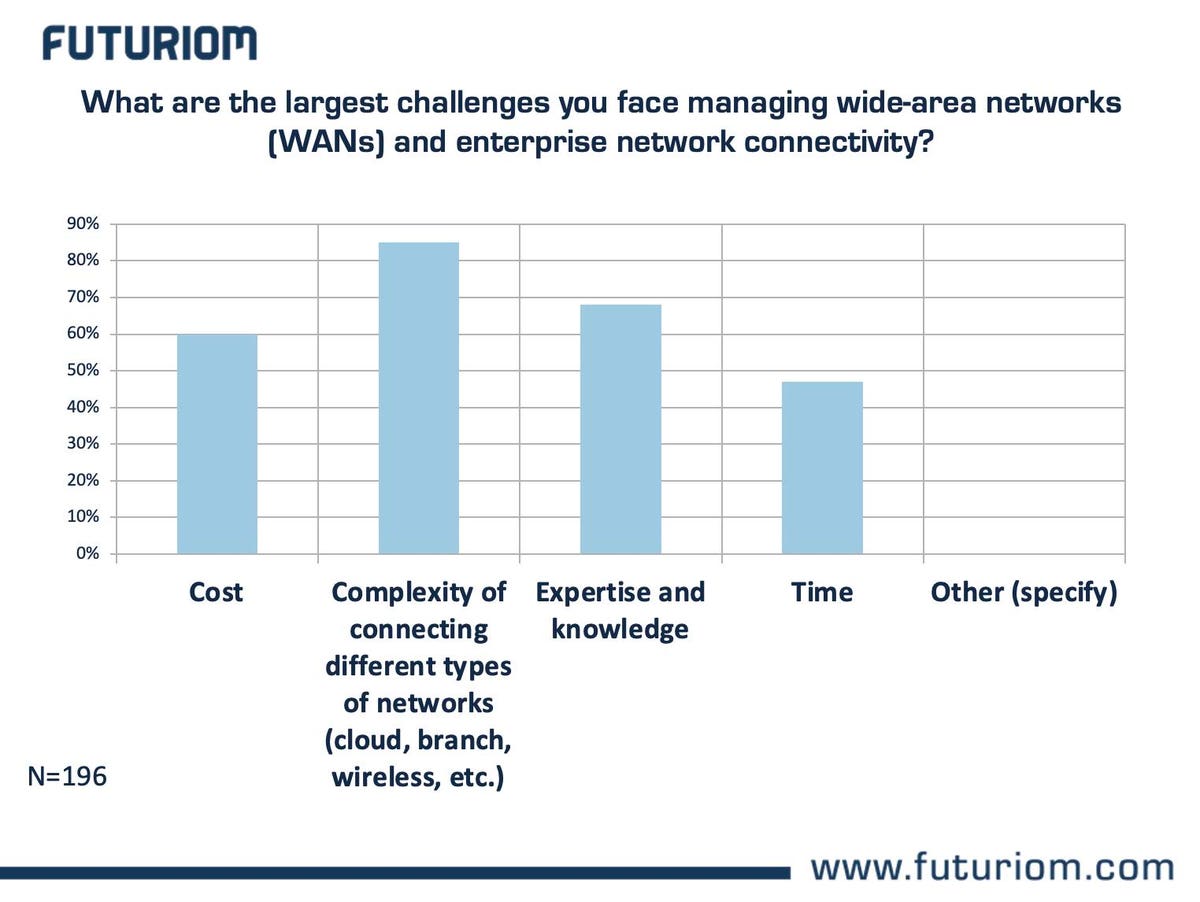Cloud networking startup Aviatrix has gone through many changes, but its next phase may be its most exciting — former Splunk CEO Doug Merritt today officially started as the Aviatrix’ new CEO.
Silicon Valley insiders consider tapping Merritt, an A-list Silicon Valley CEO with decades of executive experience, as a major catch for Aviatrix. Merritt is best known for growing public data analytics company Splunk from hundreds of millions of dollars to billions of dollars in revenue during his reign from 2015 to 2021. During that period, Splunk became a checklist data analytics tool as well as a Wall St. darling, with its market capitalization quadrupling during the period.
“He’s the first pick in your fantasy draft,” said Nick Sturiale, managing partner at Ignition Partners and an Aviatrix board member, of Merritt. “He’s a phenomenal human being and executive.”
Former Aviatrix Customer Turned CEO
Merritt’s experience also includes Cisco, Oracle, and SAP, where he studied enterprise buying patterns and customer needs. Part of his career focus has been on shifts from enterprise technology the cloud. Merritt’s main imprint was to transition Splunk from an enterprise data company to a cloud-based software as a service (SaaS) provider.
Merritt has a long history with Aviatrix. At Splunk, Merritt was an Aviatrix customer, where he used the networking tool to connect on-premises environments to the cloud. He’s also friends with former Aviatrix CEO Steve Mullaney, who publicly declared he wasn’t the right guy to take Aviatrix to billions in revenue. Mullaney also said that Merritt was his first pick to succeed him.
Sturiale says that Merritt’s experience as an Aviatrix customer gives him unique insight into the product and its potential.
“When he was at Splunk he was an Aviatrix customer,” said Sturiale of Merritt. “He lived the challenge of secure cloud networking moving from on premises to cloud.”
From Cloud Data to Cloud Networking
A week ago, I interviewed Merritt, who told me that managing big tech transitions has been an exciting part of his career. Seeing the big shift to SaaS and taking Splunk into the cloud was one of his proudest moments.
“Splunk had a different approach. We didn’t care about cleanliness of data. We collected raw, unfiltered data and then gave customers a platform to take action upon that data. It was the best use case for IT ops teams. It was unique, hard to do technology in a compelling category with a super strong focus on customers.”
Merritt succeeds Mullaney, who took over as CEO of Aviatrix in 2019 and was effective in refashioning a sleepy Silicon Valley startup into a major player in cloud networking, with hundreds of customers including major Fortune 500 companies. The key was reformatting its pricing structuring and adding myriad features to the product line for cloud connectivity and visibility.
Merritt said that Mullaney “put his hand up” and said he wasn’t the guy to take the company to the next level and then helped recruit Merritt.
Sturiale backed that up,
“Steve was very good a stage where he built Aviatrix,” said Sturiale in an interview today. “Very few CEOs go from founding to big public companies. Steve worked his ass off. He’s very happy that Doug wanted the job.”
Merritt now has the platform and credentials to build Aviatrix into a potential multi-billion dollar company and future Initial Public Offering (IPO), which he says is possible in 2024. He’ll have to scale the company in an exciting but early market: Cloud networking. Aviatrix is well-positioned to take part in another category shift, as enterprise IT managers look to build networking infrastructure that can adapt better to cloud applications and services – including multicloud and hybrid cloud architectures.
Aviatrix’ recent additions include better cloud cost management – a key function of cloud networking – as well as a distributed firewall security functions. All of this sets the stage for Merritt, who has a wide range of experience in enterprise tech from enterprise software to data analytics.
“In a hybrid, multicloud world it’s hard to know where all the data is,” Merritt told me. “You need to provide visibility at the networking level. There could be an interesting opportunity in fine-grained data that isn’t tied to hardware but is pervasive across the network.”
Aviatrix IPO Anticipation
Wall Street analysts are watching Aviatrix as a potential IPO. Although its financials are private, it is estimated to be approaching $100 million in annual recurring revenue (ARR), according to Wall St. sources.
“The previous CEO & President Steve Mullaney scaled the company up to this stage,” wrote Cantor Fitzgerald analysts Johathan Ruykhaver and Yi Fu Lee in a research note. “The recent appointment of Chairman, CEO & President Doug Merritt is a signal the company has its sights set on a significantly larger ambition.”
The Cantor Fitzgerald analysts see the new distributed firewall product as a linchpin to this strategy, as it could replace pieces of the traditional firewall market, which was architected for on-premises enterprise networking.
Taking Aviatrix to the next level won’t be without its challenges, of course. There’s a lot of competition in enterprise networking. Many traditional enterprise networking vendors such as Cisco, Extreme Networks, F5 Networks, Juniper Networks, HPE, and VMware have their eye on cloud networking products, and some of them such as F5 have made acquisitions in the area. Capable cloud networking startups such as Prosimo Networks compete with Aviatrix. And hyperscale cloud providers such as Amazon, Google, and Microsoft also provide cloud networking tools.
In my own research, I’ve found the number one concern among network infrastructure architects is the complexity of connecting cloud services and infrastructure to enterprise infrastructure. As the survey data below shows, 196 IT networking experts said the great challenge in connecting wide-area networks (WANs) was complexity – the area that Aviatrix is focused on.
The key will be tying networking resources together, whether it’s cloud platforms from the hyperscalers or traditional networking environments.
Merritt told me he picked Aviatrix as his next move because he though the company had all the pieces in place to get to the next level – large customer roster, great team, strong balance sheet (Aviatrix has raised hundreds of millions and says it has most of it still in bank).
“In the past, people with clarity and strength and good balance sheets will end up surging ahead of the pack,” said Merritt. “That’s part of the excitement of coming in now. There is a higher bar of scrutiny. People are looking at proprietary data centers, but they have to lean into multicloud and efficiency to get the cost savings and agility.”
Merritt says his discipline and focus will be part of the effort to scale Avaiatrix. As a competitive triathlete, he completed an estimated 100 triathlons, to the chagrin of his back. “My lower back is a disaster,” he says.
“There are many parallels to this business – it’s a matter being relentless and keeping your head down and putting one foot in front of the other,” Merritt said. “The incumbents never want it to happen, but if you listen to customers, and stay super focused, you can always find a way.”
Certainly, the incumbents will be watching the former triathlete on their heels. They don’t want to see it become the Splunk of cloud networking — but Merritt has other ideas.
Read the full article here





